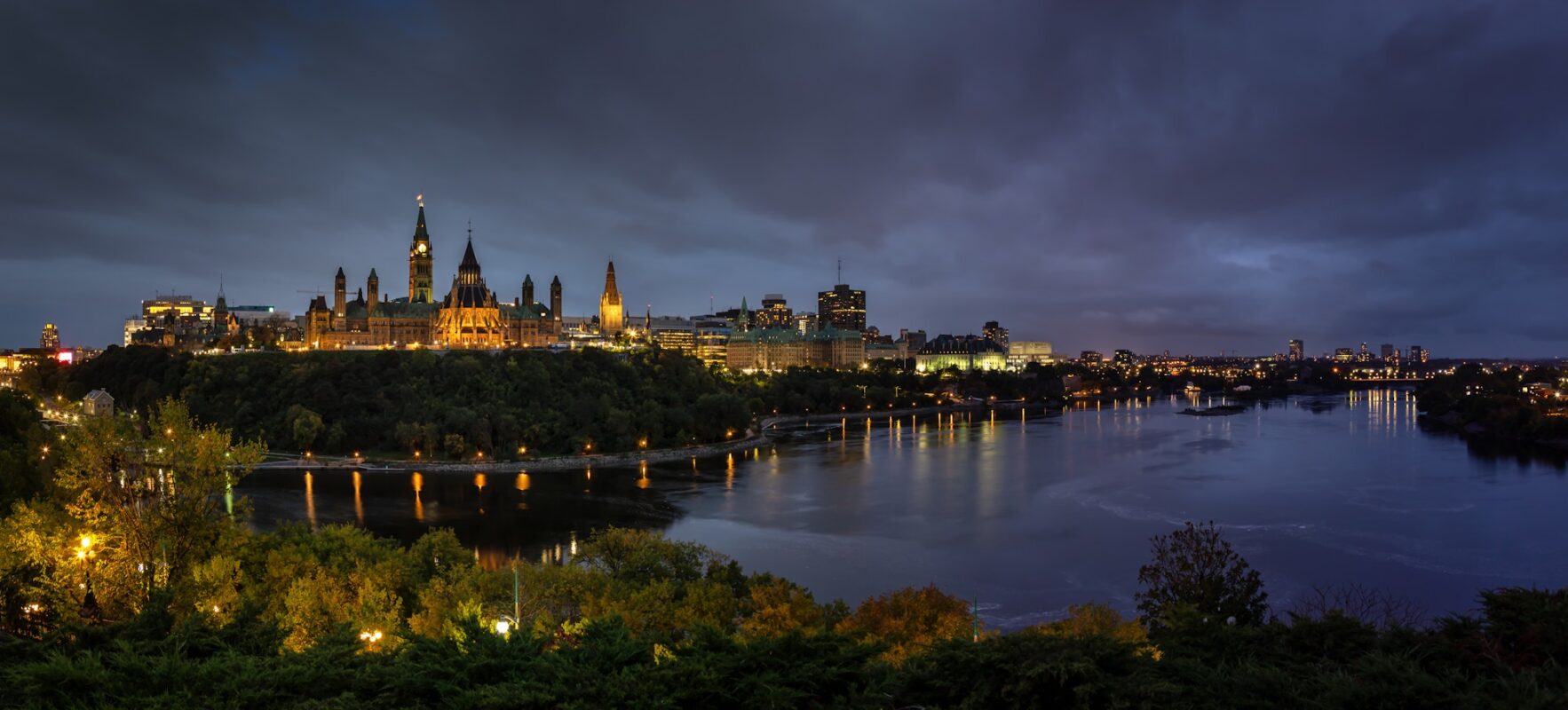
The Greenspace Alliance brings together groups and individuals supporting the protection of significant green spaces in the National Capital Region. It participates in and supports coalitions and organisations working on specific projects consistent with its goals.
In relation to transit planning, the objective of protection of significant green spaces raises questions:
Will transit plans be efficient in minimizing negative impacts on green spaces?
Will they work against sprawl and profligate land use for infrastructure and housing?
Will they enhance the use of green space for experiences of nature?
Will they be effective in reducing climate change impacts?
Will they be carried out in such a way as to preserve wetlands, provide opportunities for renaturalisation, and provide passage for wildlife?
There are of course many arguments to be made about the best technologies for the long run, how best to maximise ridership by extending reach and improving service, the best path to stage development, and others. In taking these into account, there is no reason to view transit development as contradictory to an opportunity to protect green spaces while building a better city.
Our recommendations are largely consistent with the thinking of many who wish to replace “Option 4″ with an improved plan:
Preserve green space by using existing rail corridors
The use of existing rail corridors for transit should be a major goal of the plan.
Use of existing corridors preserves more green space than building more wide roadways for buses or cars. Therefore, “Option 4″, which adds reach primarily by expanding suburban busways, should be rejected in favour of using rail vehicles on rail corridors as much as possible.
The system can be expanded by using existing tracks and then by building narrow rail corridors, rather than busways, to add more capacity and reach more areas. Focussing on rail will avoid the future disruption and expense of eventual conversion from asphalt to railbed, as well as saving land.
Rail, especially when eventually electrified, will produce less pollution of green spaces from fuels, noise and snow removal. Rail corridors which are left semi-wild even in urban areas, also serve as conduits for wild life much more effectively than roadways. This increases the health of green spaces within the greater urban area.
Align the transit route to reach the airport directly and to avoid wetlands
“Option 4″ shows an indirect route to the airport and a proposal to build a third track to accommodate deliveries to the transport research facility near the airport. Transit tracks should be used in off hours for traffic to the research facility, both to save land and to avoid routing transit and associated facilities in a way which destroys existing wetlands.
If traffic can be accommodated using single track with passing sidings, this too would save land.
The justifications for a more thoughtful routing of the track near the airport have been developed by the organisation Save Our Greenspace, and are worth supporting.
Expansion of transit beyond the Green Belt should be made contingent on appropriate controls on future land development
The development of transit, and especially, any further enlargement of road capacity, should be made contingent upon either or both:
1. Tight restrictions on the severance of lots and subdivision outside of the Green Belt, so that there are virtually no approvals for housing beyond easy walking distance of public transit, shopping and other services; or,
2. The establishment of an second, outer Green Belt in legislation by the province which restricts development to the same effect.
In other words, council resolutions should be to the effect that transit or road work will be halted, even if environmental assessments have been completed, if the complementary land use policies are breached.
The reasons for this are well known, but can be summarised:
1. Transit investment should not promote more low density, car oriented sprawl;
2. Green spaces should be protected from profligate land use for housing and roads;
3. Farmland should be protected for future production within easy transportation distance, in preparation for the coming era of expensive fuels; and,
4. Our earth should be protected from excessive use of fossil fuels and from conversion of complex, carbon holding environments to fuel crops.
Decisions, such as rejecting expansion of 174 are consistent with this idea. Developers must be reminded that there will be many other ways to profit than buying farm land or green spaces and getting it rezoned and subdivided.
No further housing should be placed on the existing Green Belt, Experimental Farm, or radial green spaces as part of a transit or other plan for Ottawa
Transit and intensification should not be used as a pretext for allowing housing on the existing Green Belt, nor for swallowing significant amounts of land on green corridors in the city.
Again, the reasons are well known, but easy access to green spaces, preservation of recreation opportunities, local production of food, and maintaining renaturalisation opportunities are important.
The possibility of transit and freight connections with Gatineau should be preserved
Again, the use of the existing rail corridor both maximizes efficiency of land use, and would bring residents and tourists in touch with some of the best views of nature and the Ottawa River.
By preserving the future possibilities for rail freight in off hours, the amount of land needed for bridges for trucks in the future can be minimized. We need to keep thinking of the needs of future generations.
Respectfully submitted by:
Barry George
for the Greenspace Alliance of Canada’s Capital/ Alliance pour les espaces verts dans la capitale du Canada
